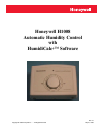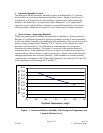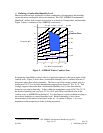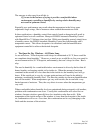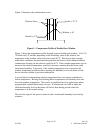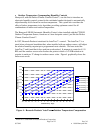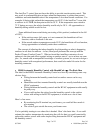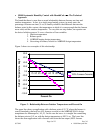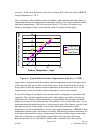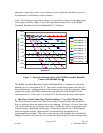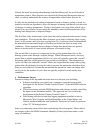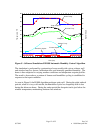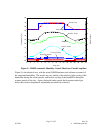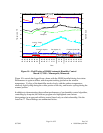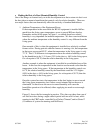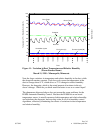
Rev 2.0
63-7048 1998 Honeywell Inc.
Page 5 of 22
Figure 3 illustrates why condensation occurs:
Figure 3 – Temperature Profile of Double Pane Window
Figure 3 shows the temperature profile through a typical double pane window. If it is 70
F inside and 0
F outside, depending on the insulating value of the window, the
temperature at the window surface may be around 40
F. Therefore in this example,
under these conditions the maximum dewpoint that this house could withstand without
condensation forming on the window would be 40
F. If the outside temperature were to
increase, the window temperature would also increase, meaning that the house could
stand more humidity. Conversely, if the outside temperature were to decrease, the
window temperature would decrease, meaning the humidity level in the house would
have to decrease further to prevent condensation.
A second factor in determining window temperature that is not always considered is
indoor temperature. Raising and lowering indoor temperature will similarly raise and
lower the window temperature. This can be a significant factor in applications where
programmable setback thermostats are used. If a thermostat sets back at night, the
allowable humidity level in the home will be less than during periods when the
temperature is at its normal setting.
This sets the stage for the quest to achieve both a comfortable humidity level and dry
windows.
Outside = 0
F
Inside = 70
F
Window = 40
Window Panes



